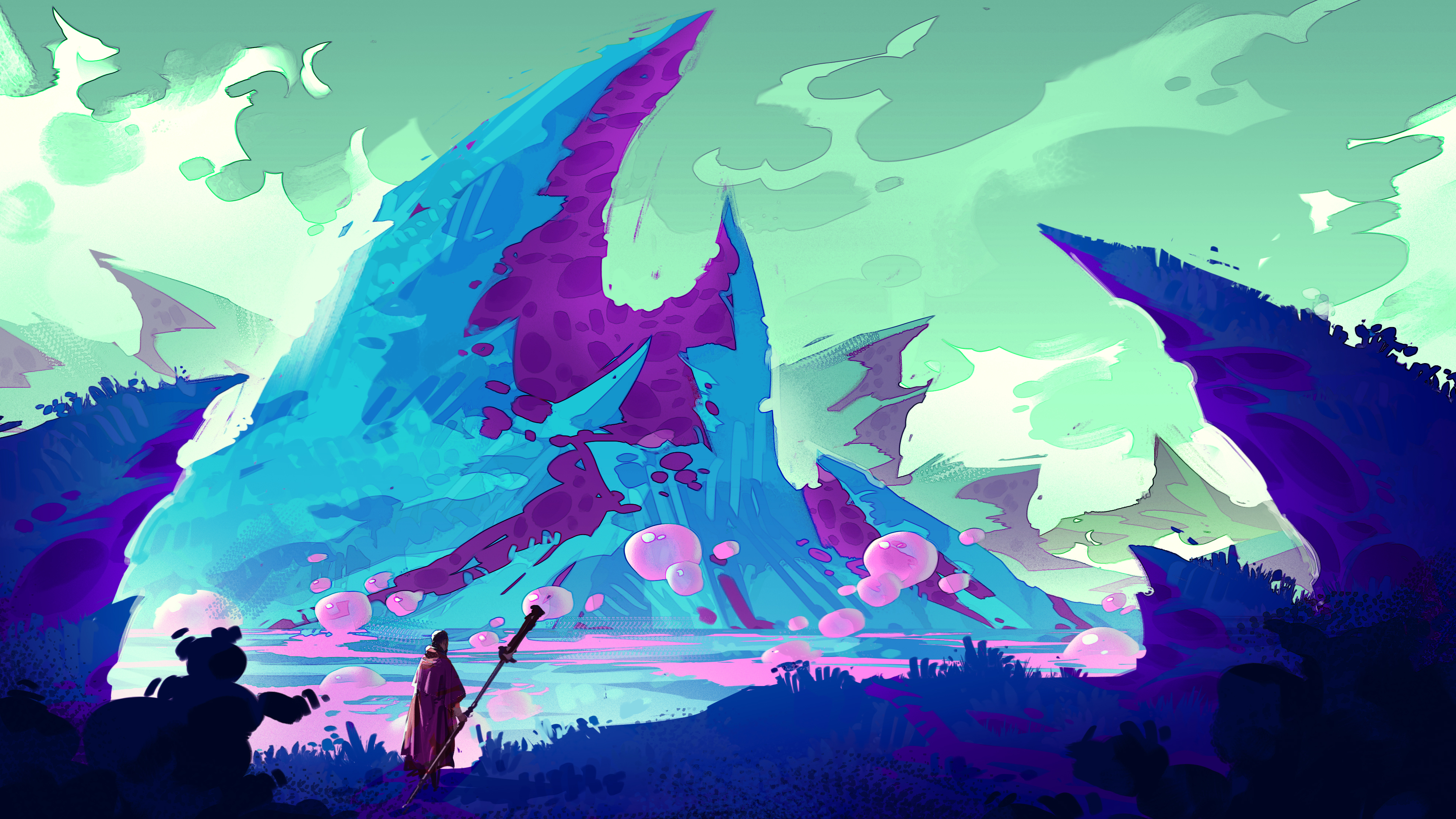So you’ve got the job and the budget’s been agreed, it's time to start exploring themes and colour palettes. But hold up. Asking a few simple questions before you begin can save endless rounds of revisions before sign off.
Successful design starts with understanding a clients’ needs, but also their expectations and tastes. Taking a moment to ask the right questions can not only kickstart the brainstorming process, but also build rapport and make the client feel more involved. This means quicker sign-off and satisfied customers who want to come back. Questions can be submitted as an online questionnaire or pdf or asked in person. Here are six of the most important that you need to put to your client before putting pen to paper, whether you're building a new website layout or a revised logo design.
01. What do you want the project to achieve?

A client might simply feel that their logo looks old and tired and needs a refresh, but it’s worth asking what exactly they want the change to achieve. They may want to make the company look more contemporary, but rebranding too radically can be risky. Do they want to appeal to a different demographic? Do they want to communicate different values? Every change needs to be justified and have a reason behind it that will have an outcome on business performance.
Before working with a client, make sure they themselves have a clear vision of how the look and feel they seek will improve their business. There's a chance these are things they haven't asked them themselves and you doing so can help them have a clearer idea of their goals. While it may seem obvious, also ascertain the scope of the project, or a logo redesign can quickly evolve into an all-out rebranding. Confirm the exact medium, location, sizing and use for all finished products. For print material, depending on the production technique, you may need to limit your colours depending on what the client will pay for printing.
02. Who is the target audience?

Following on from the previous question, you also need to know who you’re designing for. There’s no point designing to appeal to millennials if it turns out the client's main aim is retirees. Who is the brand’s target customer? How old are they? Are they male or female? Where do they live? What do they do? What do they like? The more information you can get on the primary demographic your client wants to connect with, the better you can hone your design to make it effective in appealing to that audience. You can do your own research, but never assume anything.
03. Who makes the decisions?

It's not the most obvious first question, but it can save a lot of time if you clarify from the outset who makes the decisions, particularly when working for a large organisation. This way you know you’re speaking to the right people when discussing feedback, and you can be sure your work is reaching the people who have the authority to sign it off.
Things can always get held up at the review and sign-off process, and this can be made worse if you discover late on that you’ve been talking to people who seemed to like your direction but turn out to have no power to approve your design, only for a final decision maker to step in later in the process with a completely different opinion.
Many people within an organisation may have opinions on your work, but it's usually the main decision-maker who needs to be happy. Also check how your client wants to communicate. How frequently do they want updates, and who needs to be copied in? Some clients will be happy for a designer to disappear and come back on deadline, while others will get nervous if they don’t receive regular updates as reassurance that work is progressing on time.
04. What do you want to keep?

Before you set about designing a radical new look for your client, bringing their brand into the 20th century by ditching their old logo in favour of a sleek minimalist design, take a moment to ask them what they like about their existing materials and what they want to keep.
Ask for copies of previous marketing materials to see their development and make sure that your design is coherent with them. It pays to know what’s worked in the past and what hasn’t, especially for rebranding, so ask how previous changes were received. Poor reception of several major rebrands in recent years mean that companies have become more conservative about changing what they have and there are many examples of rebrands being rejected for being too radical. There’s no point in throwing out elements that work, or which the client and audience hold dear.
05. What do you like?

More generally, you also need to know about what your client likes, which inevitably mean the subjective tastes of several people involved in the decision making process and signing off your work. Your design might make perfect sense for the business and go down with customers, but could be rejected if the person in charge just doesn't like it.
Ask them what kind of art they like, and what other brands they admire. While you don’t want to copy a competitor’s style, there is a good chance that if a company is pursuing a change in their visual identity, it may at least partly be inspired by a healthy jealousy of something that a competitor is doing. Knowing what they admire in other businesses’ materials is a good way to gauge what they expect from the project. Just remember, clients may lack the vocabulary to express what they like, so phrase things in layman’s terms rather than using design jargon. Showing examples may also help guide the process. These questions will help you narrow down your choice of creative resources.
06. What makes you different?

Don’t be afraid to be direct. Challenge your client outright to define what sets them apart from the likely hundreds of other businesses offering the same product or service. If you’re going to make their branding and visual identity stand out from the competition, you need to know how they differentiate themselves and find a way to communicate that visually.
Ask them who their main competitors are and what they do that their competitors don’t. Ask them what problems they solve, and how their values and attributes compare to those of their competitors, and this can help guide the way to finding a visual identity that also stands out.
Read more:

Thank you for reading 5 articles this month* Join now for unlimited access
Enjoy your first month for just £1 / $1 / €1
*Read 5 free articles per month without a subscription

Join now for unlimited access
Try first month for just £1 / $1 / €1
Get the Creative Bloq Newsletter
Daily design news, reviews, how-tos and more, as picked by the editors.

Joe is a regular freelance journalist and editor at Creative Bloq. He writes news, features and buying guides and keeps track of the best equipment and software for creatives, from video editing programs to monitors and accessories. A veteran news writer and photographer, he now works as a project manager at the London and Buenos Aires-based design, production and branding agency Hermana Creatives. There he manages a team of designers, photographers and video editors who specialise in producing visual content and design assets for the hospitality sector. He also dances Argentine tango.
